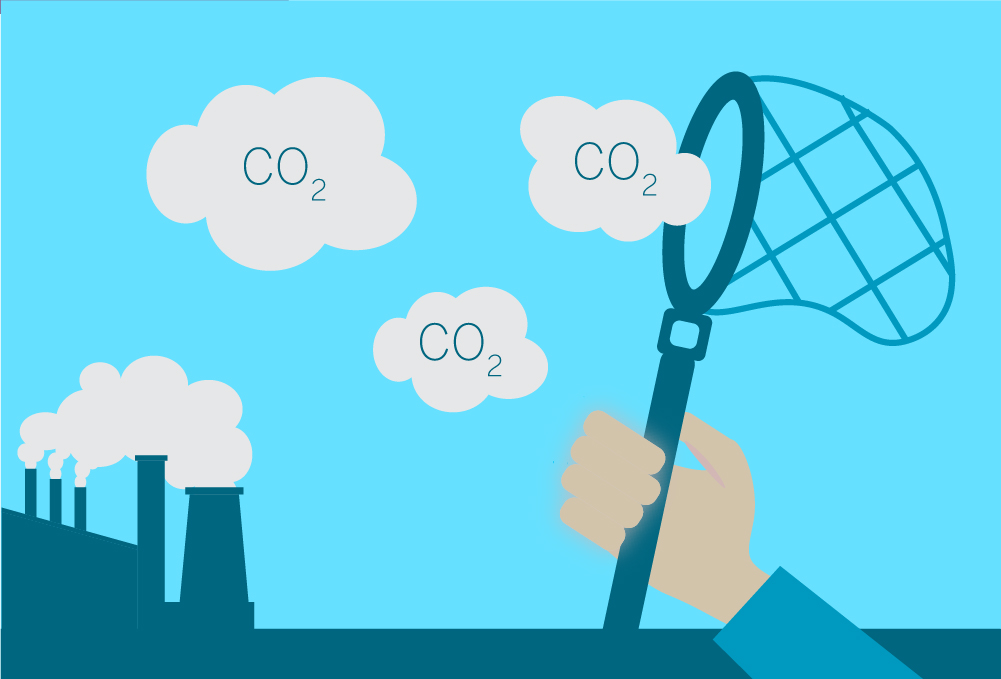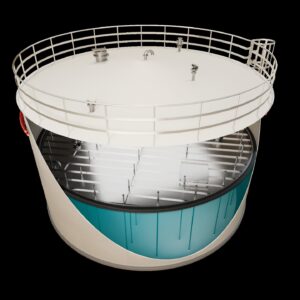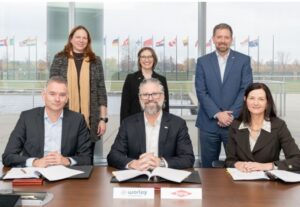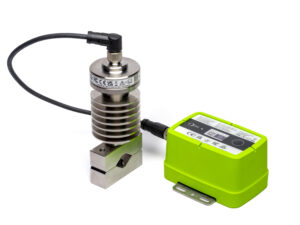Technip Energies has been awarded a front-end engineering design (FEED) contract by Viridor for the carbon capture and storage (CCS) project at one of the United Kingdom’s largest Energy-from-Waste facilities in Runcorn, UK.
The project aims to capture around 900,000 tonnes of CO2 each year, half of which will be from biogenic sources, effectively removing 450,000 tonnes of CO2 annually from the atmosphere.
As part of the FEED study, Technip Energies will deliver a comprehensive design utilising the Canopy by T.EN solution powered by Shell CANSOLV CO2 capture technology. The Canopy offering is part of Capture.Now, Technip Energies’ strategic carbon capture, utilisation and storage (CCUS) platform of technologies and solutions.
The Runcorn CCS project is in line to be one of the first facilities to receive funding under the UK Government’s Track 1 funding for carbon capture projects, also making it one of the first carbon capture projects on an Energy-from-Waste facility in the world. It marks a significant milestone in the waste sector’s contribution to carbon reduction efforts.
The plant will play a crucial role in the regional decarbonisation strategy by providing a stable long-term baseload CO2 supply to the HyNet industrial carbon capture cluster in North West England.
Christophe Malaurie, SVP Decarbonisation Solutions of Technip Energies, comments: ‘With this award, Technip Energies confirms its growing leadership position as an integrated state-of-the-art CCUS solutions provider. Technip Energies’ involvement in Viridor’s Runcorn carbon capture project highlights our commitment to providing innovative solutions for the net-zero trajectory, leveraging our extensive experience in project design and execution along with Shell’s proven and industry leading CANSOLV technology. By capturing 900,000 tonnes of CO2 each year, this first-of-a-kind project is a significant step in the waste sector towards reducing carbon emissions at scale. We are focused on delivering our carbon capture solution efficiently, contributing to the United Kingdom net-zero goal.’
James Eyton, head of CCUS at Viridor, adds: ‘We’re delighted to have selected Technip Energies to perform the Front-End Engineering Design study for our game-changing Carbon Capture Project in Runcorn. Their selection follows a highly competitive tender process. It was essential for us to find a partner who shares in our vision for decarbonised waste treatment and has the experience and expertise to work alongside us to develop the world’s largest carbon capture project for energy from waste. With deliverability of the project a crucial goal, the global well-proven Shell CANSOLV CO2 capture technology has the potential to deliver over 95% CO2 capture rates, which are needed to remove over 900,000 tonnes of CO2 annually at our Runcorn site. We’re excited to work together to unlock the pathway to Net Zero, and beyond into negative emissions, for our business, the wider industry and the communities in which we operate.’


